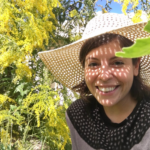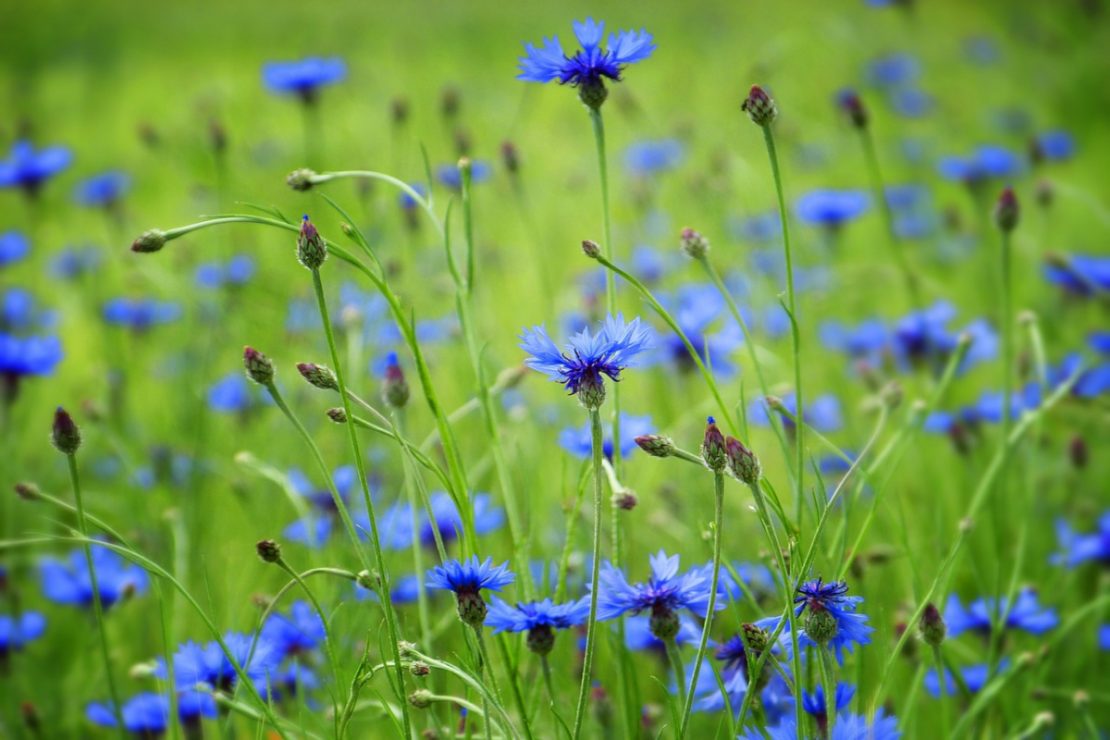
Transform Your Land Into a Botanical Sanctuary
Native plants and their habitats are under threat. These threats come from overharvesting caused by the demand of the herbal market, and land development as more housing and other developments pop up around the country. As herbalists and plant enthusiasts, part of our journey is learning how to be stewards to our plant allies with plant conservation. One way we can do this is by cultivating land specifically for the purpose of restoring native plant species.
The United Plant Savers (UpS) is a non-profit organization, dedicated to preserving, conserving, and restoring native plants and their habitats. One of the ways they are doing this is by creating a Botanical Sanctuary Network (United Plant Savers, 2011). This network unites plant lovers passionate about restoring At-Risk native plants in wild habitats.
Why Plant Conservation is Key…
These botanical sanctuaries help bring awareness to a movement to conserve native medicinal plants all over the United States and Canada. Preserving habitat and cultivating endangered or at-risk species of plants ensures the existence of these plants into the future, and helps plant lovers of tomorrow enjoy a relationship with these plants too. Without these efforts, the plants and their gifts could disappear.
Herb use has been handed down from one person to another over the entire span of human history. With the knowledge of how to use the plants, we must also pass on the wisdom of how to care for the plants. When the reciprocity of the relationship between humans and plants is broken, it has detrimental effects on plants and the people who love them.
If you are looking for a good resource and a place to begin in the field of habitat restoration and wild plant cultivation, herbalist Richo Cech is passionate about the topic. He writes about his experience cultivating space and caring for these sometimes challenging-to-grow plants in his book, Growing At-Risk Medicinal Herbs. This book is a great place to start.
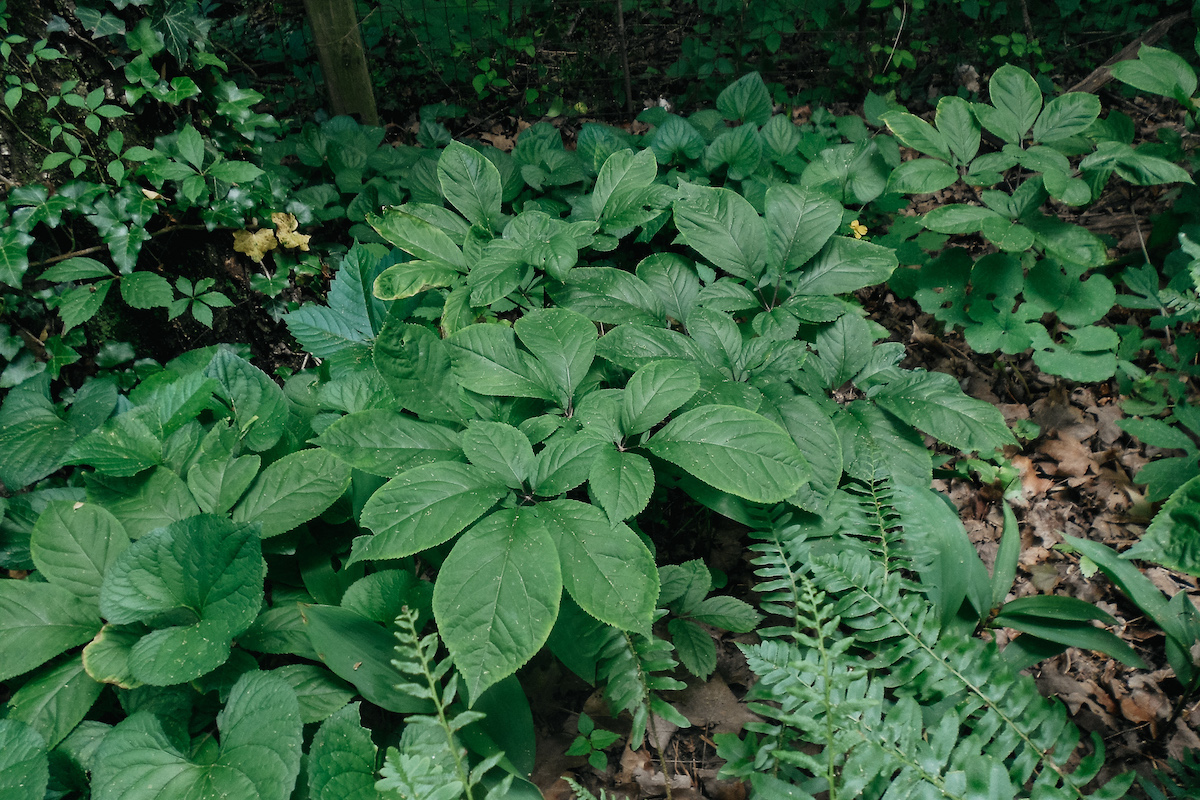
Learning From Our Mistakes
American ginseng (Panax quinquefolius) is a good example of the breakdown of reciprocity in this relationship. The long-lived taproot of American ginseng is prized as a longevity tonic and for its reputation as a cognitive enhancer. This root fetches a very high price. There was a time when ginseng could be found all over the eastern United States in hardwood forests, but is now threatened in all of its natural habitats due to the impact of over-harvesting (United States Forest Service, n.d.).
The slow growth rate of ginseng (taking up to 10 years to reach reproductive maturity) and specific conditions it needs to survive (cool, very shaded, undisturbed, or old-growth forests, with specific soil composition) make it difficult for the plant’s populations to bounce back and centuries of harvesting pressure (United Plant Savers. (n.d.). Ginseng populations will probably never reach anything close to what they once were, but we do owe it to this plant to preserve populations that have persisted.
American ginseng has been internationally protected by the Convention for International Trade in Endangered Species (CITES) since 1975, though populations have still not recovered despite efforts (American Herbal Products Association, 2006). A permit is required to harvest or sell American ginseng, and there is a specific harvesting season, which includes the harvest of ginseng grown on your own land. Poaching still occurs. Conservation groups, ecologists, horticulturalists, and lawmakers work to understand the effects that harvesting has on ginseng populations, and to monitor how the permit-based system for harvesting is affecting plant populations and people whose livelihood is supplemented by growing ginseng (United States Forest Service, n.d.).
Putting the profit that is made from a plant above the sanctity of the plant’s life is damaging to the natural community that plant is a part of, and to the people who depend on the longevity of plant populations. In the case of American ginseng, there was little consideration of what the plant needed from us, only of what we could gain from the plant. A relationship like this is not healthy or natural. There has to be a give and take in any natural relationship, otherwise, the relationship may not be sustainable.
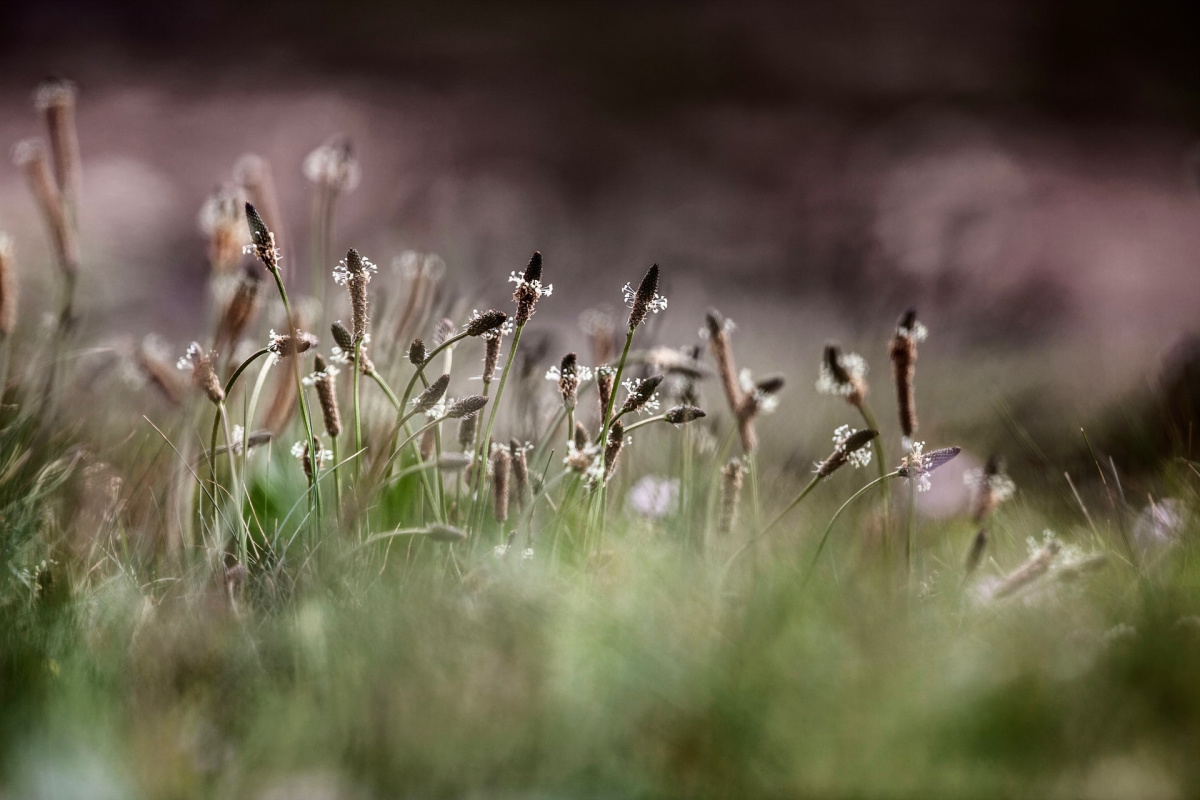
How Botanical Sanctuaries Contribute to Conservation
Botanical sanctuaries serve as repositories and safe spaces for native American plants that have seen their populations diminished due to overharvesting or habitat destruction. Some of these botanical sanctuaries facilitate educational experiences related to plant conservation, and members of the network are able to advertise these events and offerings on the UpS website and social media (United Plant Savers, 2011).
As a part of the Botanical Sanctuary Network, you may also have the chance to partner with research groups to advance plant and/or conservation science (United Plant Savers, 2011). For example, an Appalachian conservation group is working with a member of the Botanical Sanctuary Network to study goldenseal, (Hydrastis canadensis) and the impact that harvesting has on wild populations (K.Patterson, personal communication, November 10, 2020).
How to Get Involved
To register your land for botanical sanctuary status with the United Plant Savers, you must first have a personal membership to the foundation. A $100 registration fee is due at the time you submit your application. If for some reason your application is denied, the payment is returned to you. The one-time $100 fee covers the cost of signage, administration, and website upkeep for the sanctuary directory (United Plant Savers, 2011).
There are no minimum space requirements to qualify as a botanical sanctuary through the UpS. A small city plot with the right practices and dedication to preservation is just as worthy and certifiable as a woodland. (K. Patterson, personal communication, November 10, 2020). Once you are approved to join the network, your membership is valid for the life of your personal membership to the UpS organization.
Review of the application, based on effort, intention, and thoroughness of the response determines qualification. If there is insufficient information or a lack of clarity on the application, UpS will contact the applicant to clarify or seek further information. You won’t have to wait very long to know whether or not you’ve been approved to join the network. The average turnaround time for application approval is only 2 weeks (K.Patterson, personal communication, November 10, 2020).
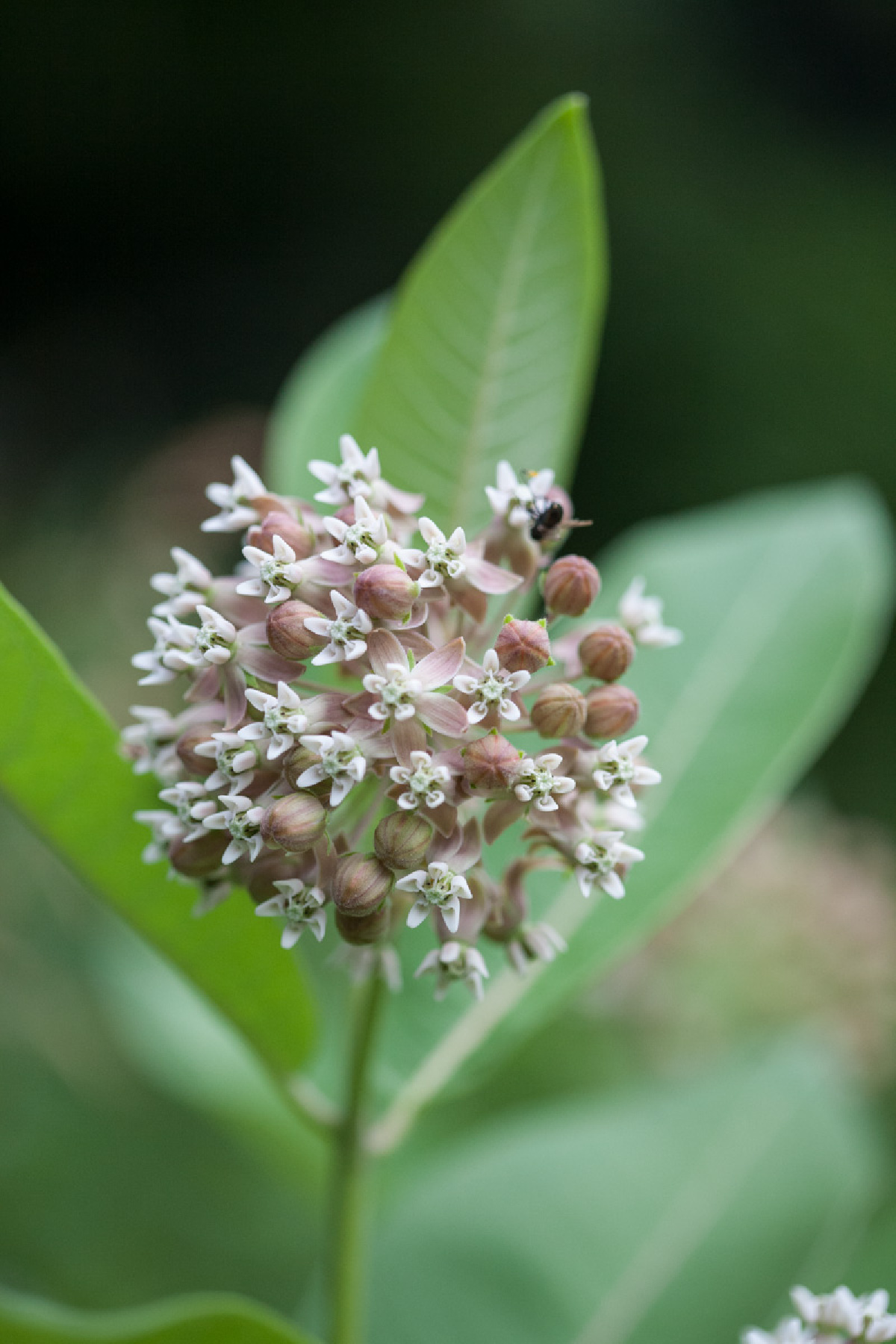
Benefits of Botanical Sanctuary Status
Preserving botanical sanctuary land also contributes to the preservation and sustenance of wildlife. Wildlife species often have important relationships with plants. A perfect example is how monarch butterflies rely on milkweed (Asclepias spp.). The nectar of the plant feeds the adult butterflies’ migratory journey every year from Mexico to Canada. The plant’s foliage also feeds the caterpillar or butterfly larvae. By preserving or creating habitats that include milkweed your land might also qualify as a monarch waystation, doubling down on your conservation efforts (Monarch Watch, n.d.). Plus, watching the monarch migration can be a truly awe-inspiring activity! Click here for more information.
Preservation of native plants and their natural habitats benefits our domestic animals as well. Being in natural spaces relaxes pets just as it relaxes us, and reminds us of our interconnectedness with all life on this planet. These spaces give people the opportunity to be in relationship to plants that have lived with this earth for far longer than we can imagine, and have much to teach us about how to best adapt to life here.
Upon approval of your application, UpS sends beautiful weatherproof signage, with the UpS logo on it, to signify your land’s status and use. Access to the Botanical Sanctuary resource guide, where you can find information on grants and fundraising, books, information sources, and other resources like botanical signs is another perk of joining the network (United Plant Savers, 2011).
As a member of the sanctuary network, you’ll be able to tell the story of your botanical sanctuary on the UpS website, and the annual Journal of Medicinal Plant Conservation. Network members are prioritized for consideration for the UpS community grants. These grants are between $200-$500 and support projects involving at-risk plant preservation and restoration (United Plant Savers, 2011). You’ll also stay in contact with the UpS as time goes on, as they check in with their sanctuary spaces every year or so to see how things are progressing and to hear more of your botanical sanctuary stewardship story (K.Patterson, personal communication, November 10, 2020).
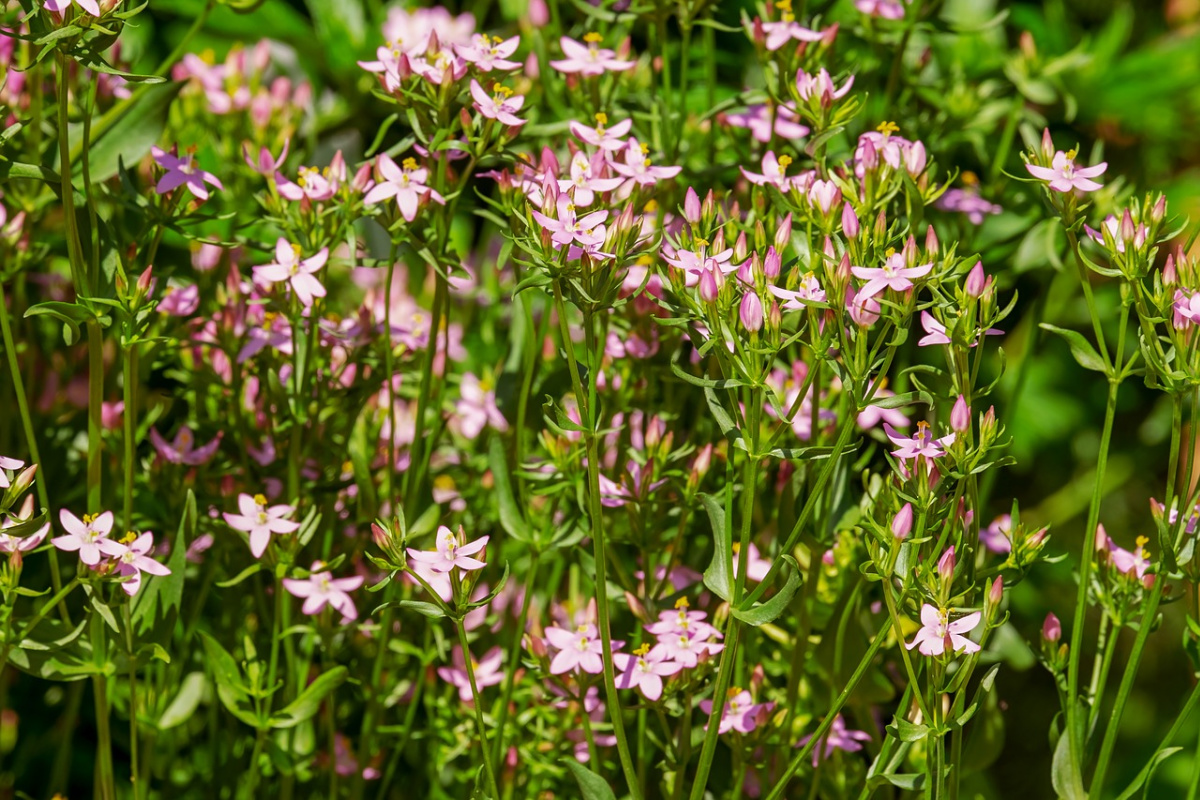
In Closing,
By joining the UpS botanical sanctuary program you will join over 200 other botanical sanctuaries that are contributing to the preservation of threatened and endangered plant species. Botanical sanctuaries bring awareness to the need for habitat preservation in order to protect our native plant species and other forms of wildlife. You can find out more information and get started on your application by visiting the Botanical Sanctuary Network application page, here.
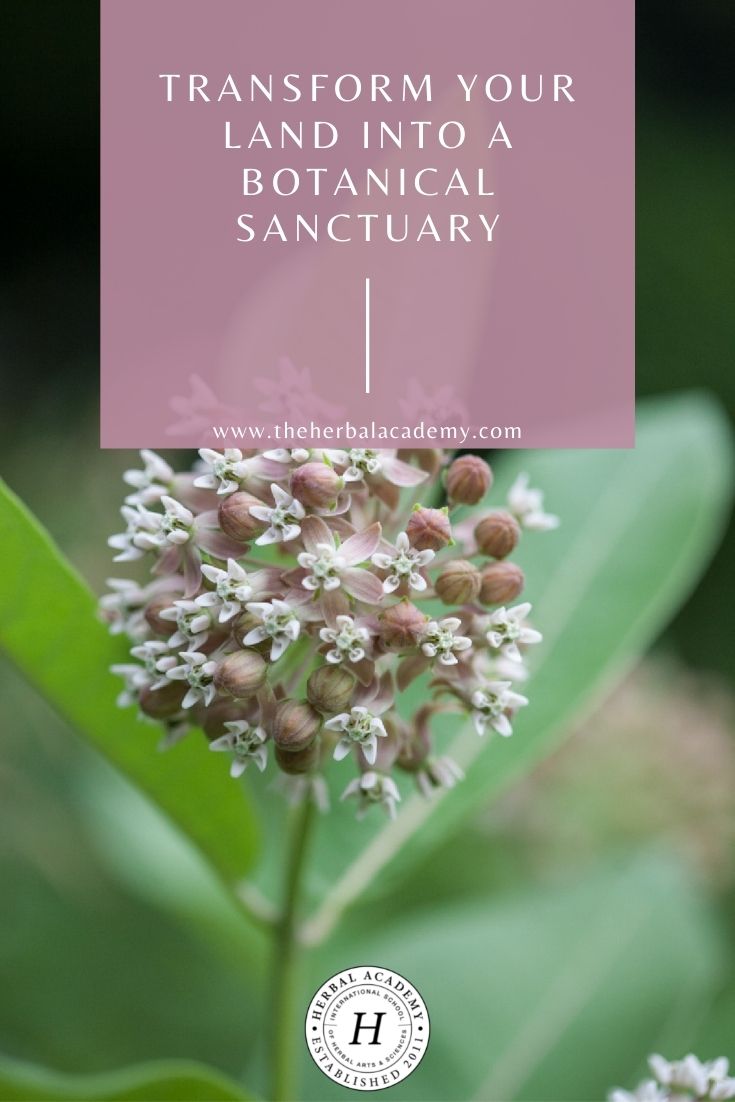
REFERENCES
American Herbal Products Association. (2006). Good stewardship harvesting of wild American ginseng (Panax quinquefolius) [PDF]. Retrieved from http://www.ahpa.org/portals/0/pdfs/Tennessee.pdf
Monarch Watch. (n.d.) Monarch waystation program [Website]. Retrieved from https://www.monarchwatch.org/waystations/
United Plant Savers. (n.d.). American ginseng – (Panax quinquefolius) [Database]. Retrieved from https://unitedplantsavers.org/american-ginseng-panax-quinquefolius/
United Plant Savers. (2011). Apply for membership in the BSN network [Website]. Retrieved from https://unitedplantsavers.org/43-botanical-sanctuary-network-application/
United States Forest Service. (n.d.). Long live American ginseng! [Article]. United States Department of Agriculture. Retrieved from https://www.fs.fed.us/wildflowers/Native_Plant_Materials/americanginseng/index.shtml

